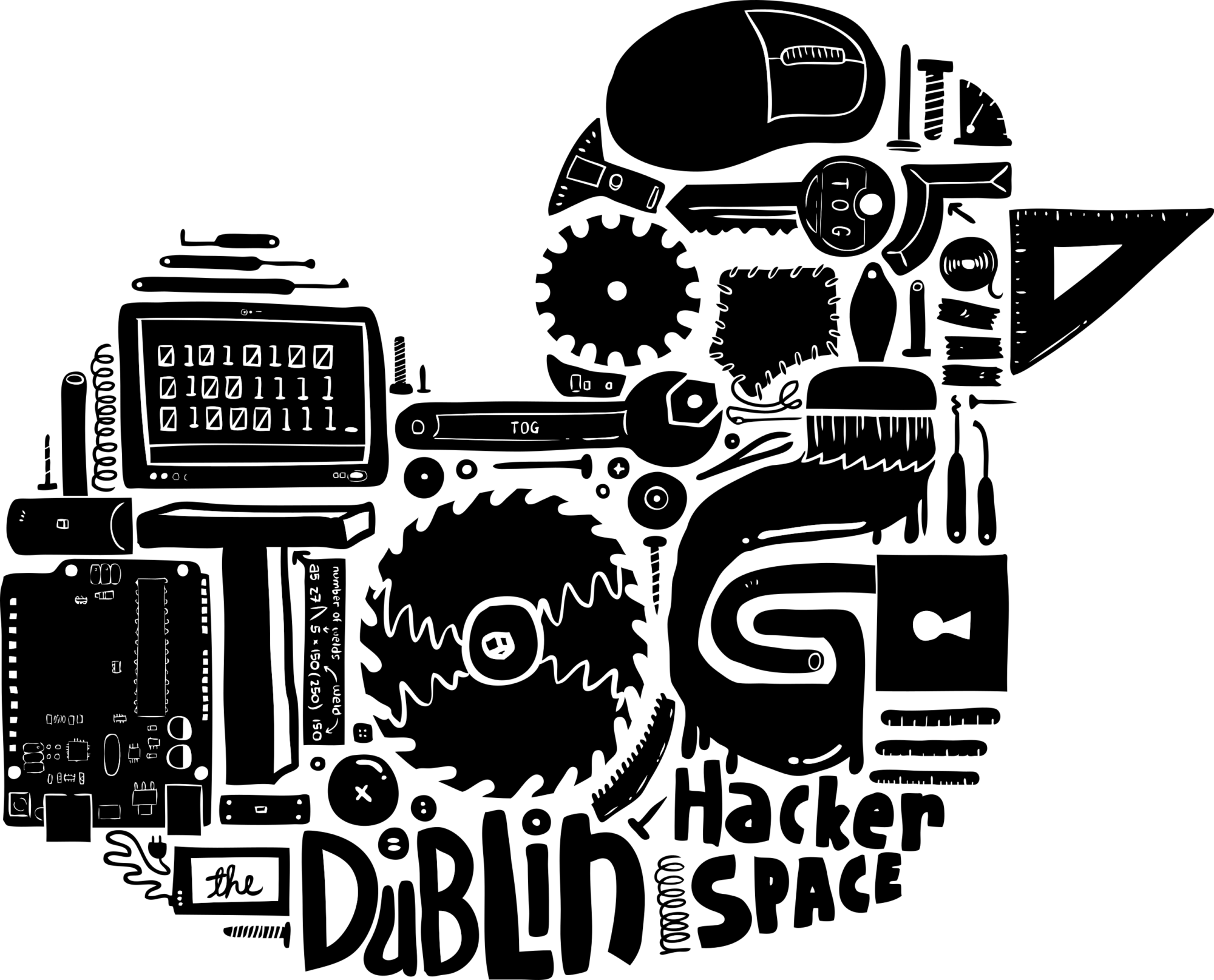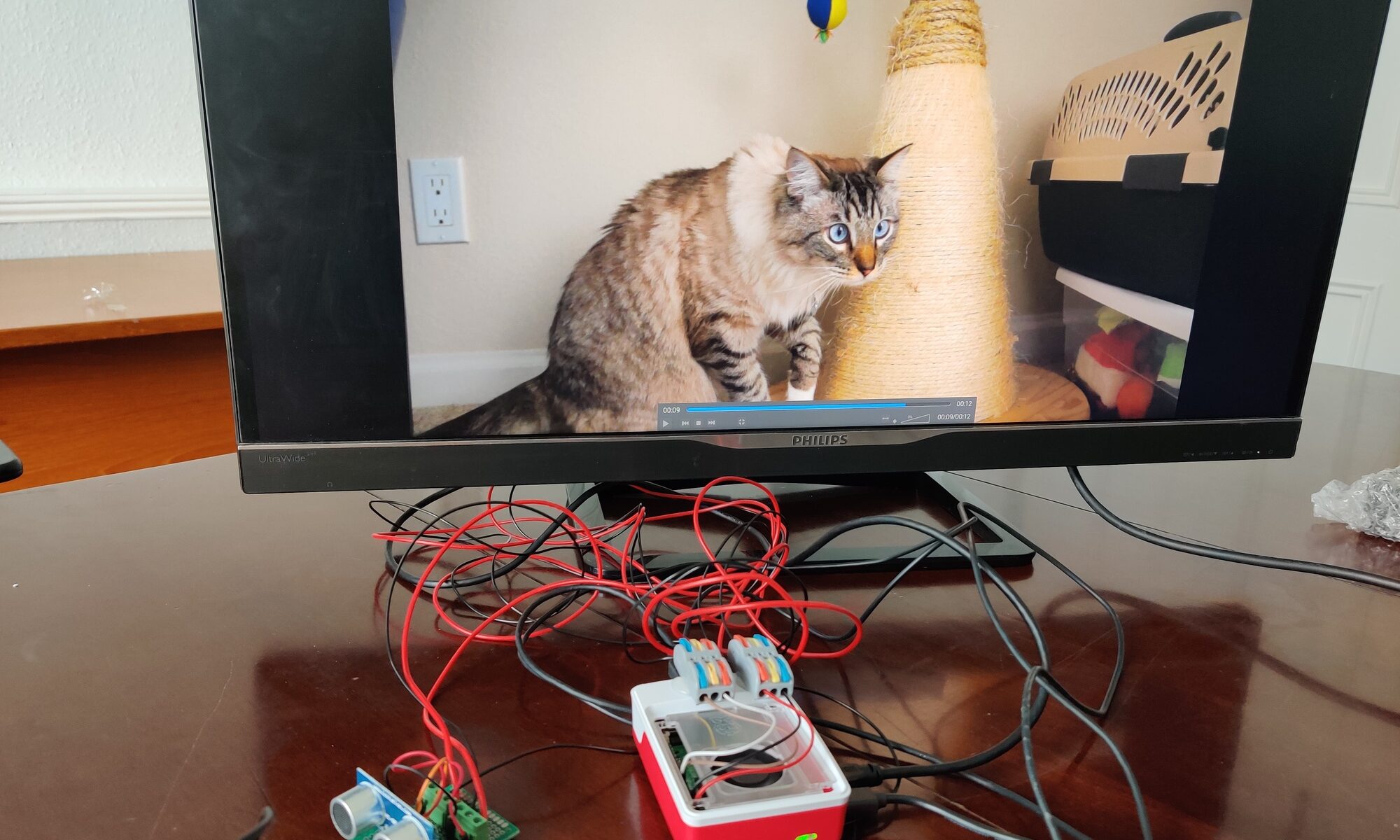At Tog Hackerspace, we love helping artists bring their visions to life by combining technology with creativity. One recent project, led by me, Jeffrey Roe, involved modernizing an older artwork that originally used a film camera, and upgrading it to use a digital projector and new sensors. The high-level concept was simple but striking: if a person was detected in front of the screen, the video should stop, and the screen should go black.
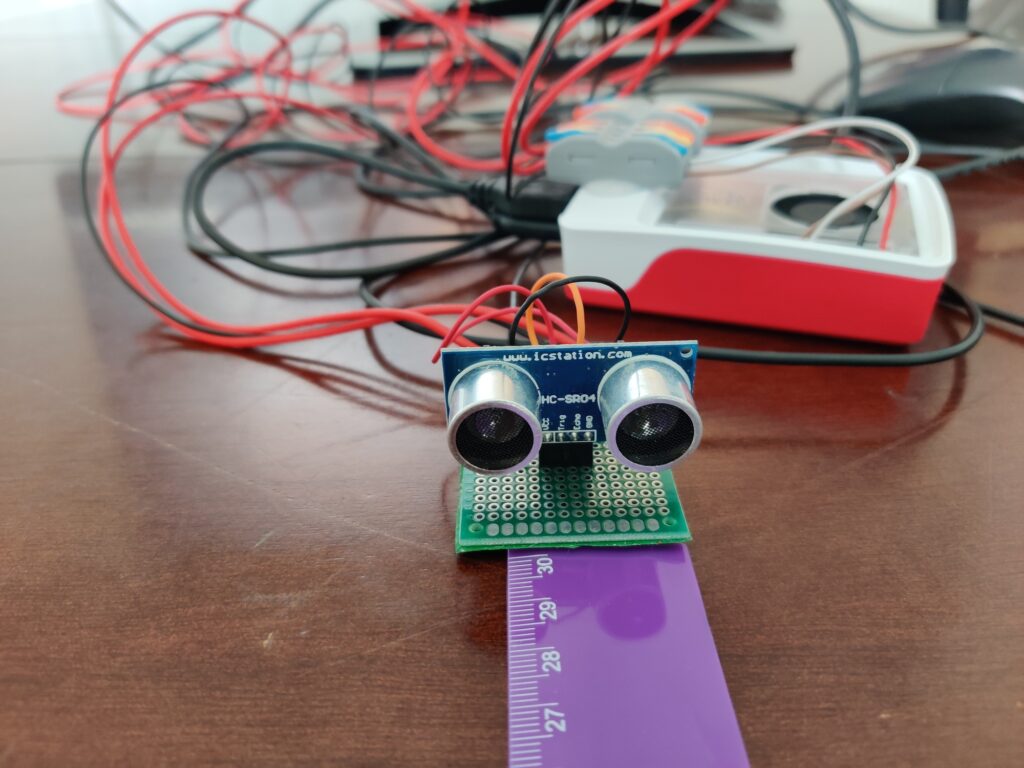
This collaboration took place over several months, working around the artist’s availability and my own time outside my day job. We began by choosing a Raspberry Pi as the brains of the project. Initially, I used an ultrasonic distance sensor to detect when a person was present. I wrote the control software in Python, using VLC Player to handle video playback. The script managed VLC through subprocess calls, ensuring that the video would start and stop as needed. To make the setup more seamless, the Raspberry Pi was configured as a server to auto-start, log in the user automatically, and hide the mouse cursor from the screen.
Iterating on the Design
After extensive testing and discussions with the artist, we found that the ultrasonic sensor provided too narrow a field of view for their needs. It detected movement in a very specific area, whereas the artist wanted a more ambient interaction. To address this, I switched to using PIR (passive infrared) sensors, which have a much wider detection range. Additionally, since I had programmed the system to wait 20 seconds before restarting the video, I realized that the fast response time of the ultrasonic sensor was unnecessary.
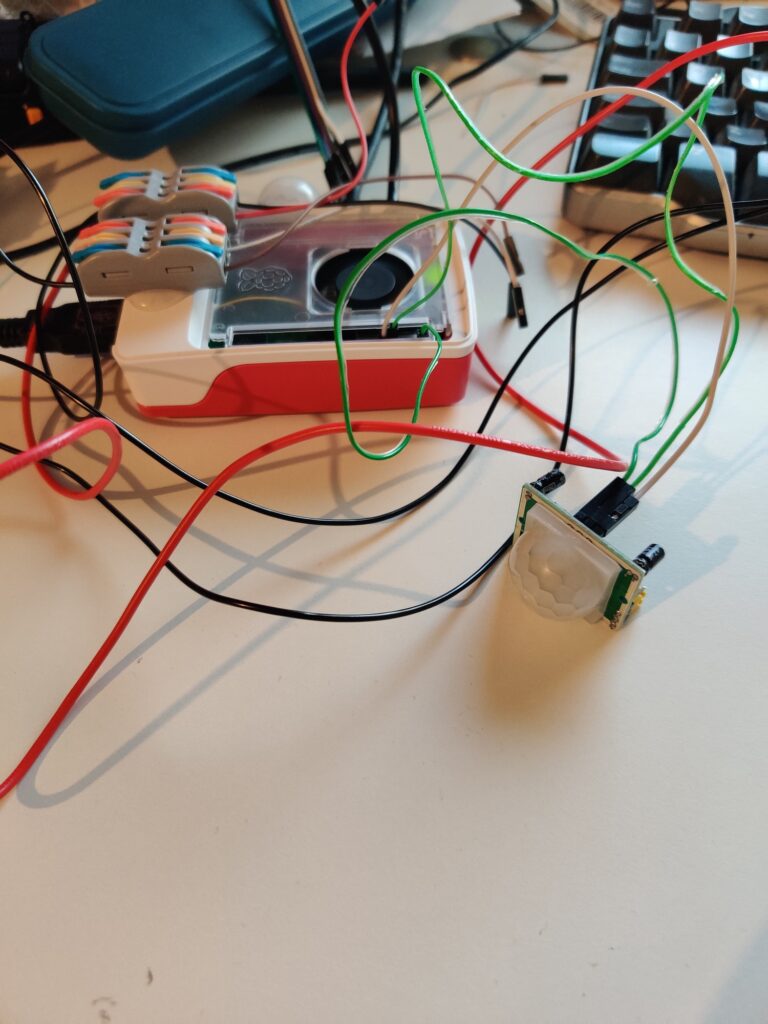
Throughout the development, I had support from Maynooth Library, which helped by 3D printing some cases for the sensors. These small details helped refine the final installation and make it more robust for a gallery setting.
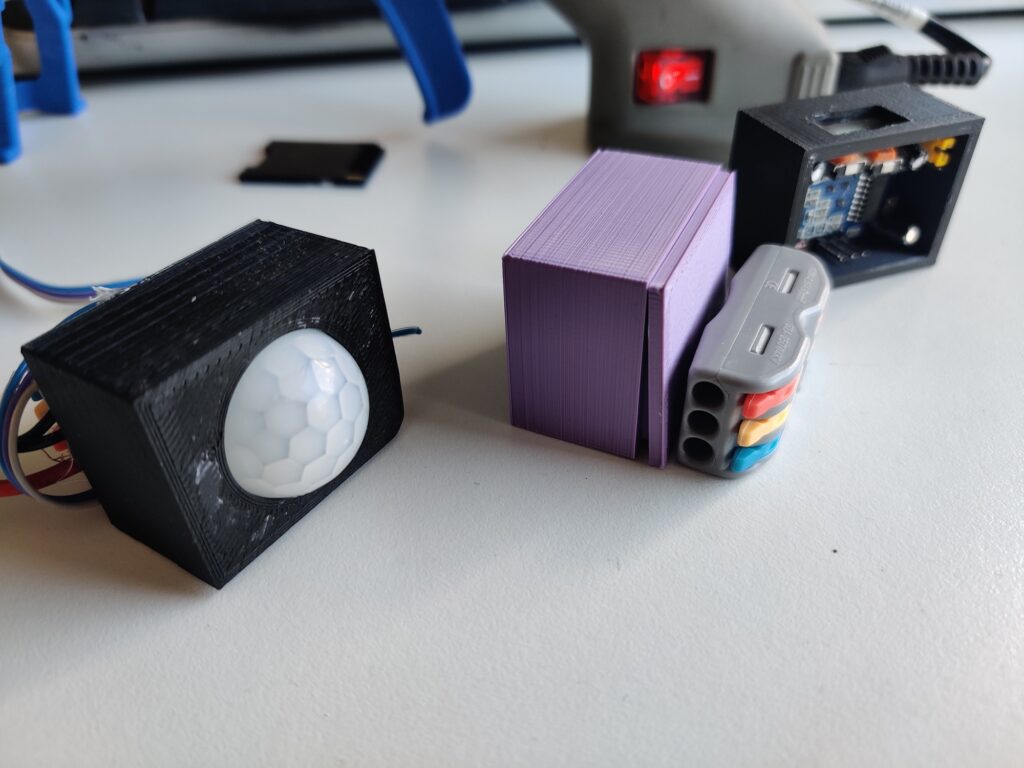
The Last-Minute Challenge
As with many projects, the final stretch was not without its challenges. Just days before the exhibition, the projector we were using died. We urgently needed a replacement with the correct resolution. The only available unit was an older projector that only accepted composite video input. Enter the Raspberry Pi 4 to save the day! With some quick soldering, we managed to get a low-resolution video output, though we lost the sound in the process. Despite this, the piece was ready in time for its debut in the gallery.
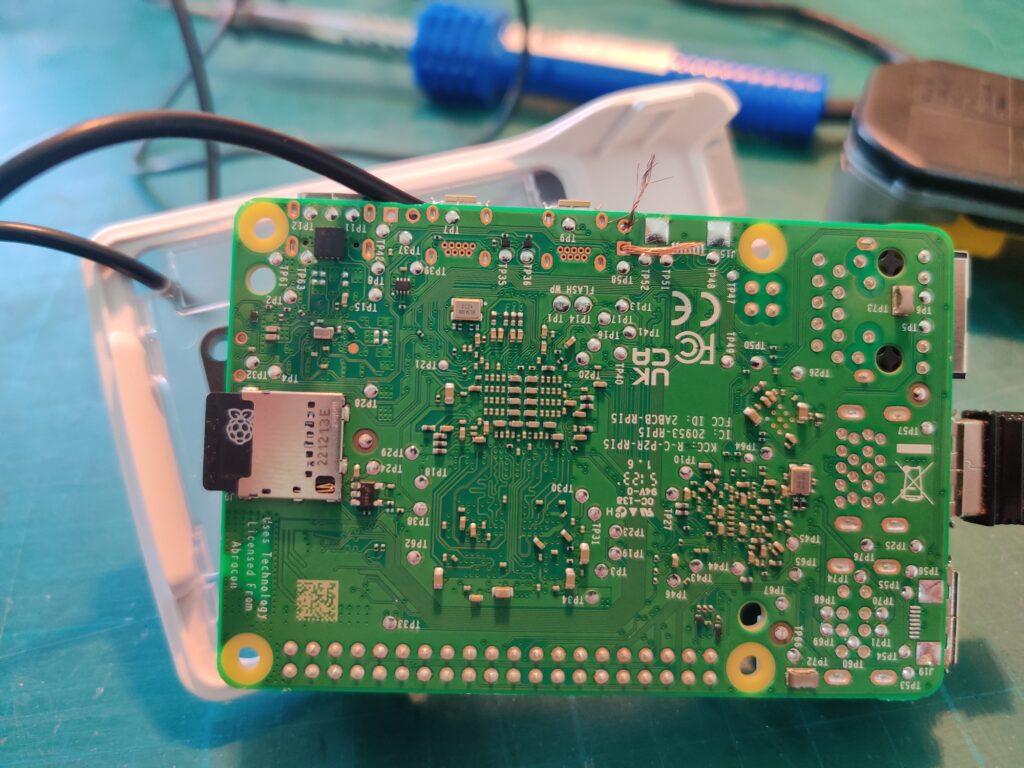
Once the show ended, we revisited the project to make further improvements. A new projector was sourced, the sound issue was fixed, and a better mounting system was developed. Now, the piece is fully functional and ready to enter the Arts Council’s national collection.
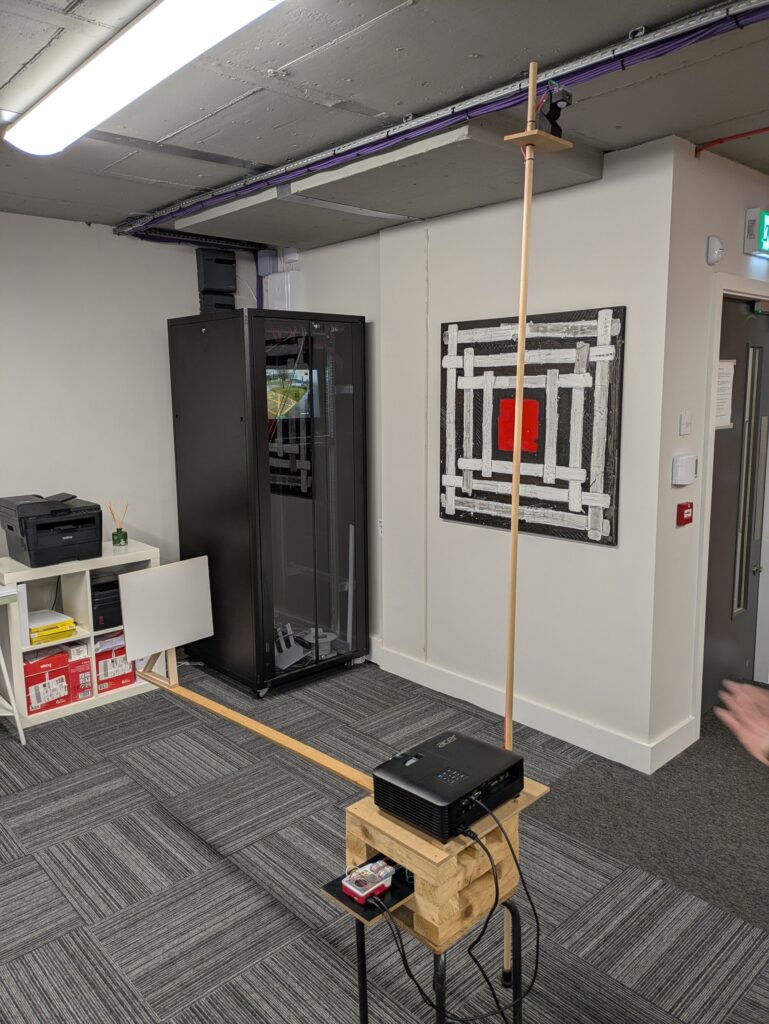
Why This Work Is Fun
Working on projects like this is an incredibly rewarding experience. It’s exciting to collaborate with artists, helping them bring interactive ideas to life. Each project presents unique challenges that push us to experiment with new solutions, from sensor selection to video playback issues. There’s something special about seeing a piece come to life, knowing that you’ve helped shape the final experience for viewers.
Plus, the fusion of technology and art leads to some fascinating discussions—how does interactivity change the way people engage with an artwork? What role does technology play in modern storytelling? These are the kinds of questions that make this work so engaging.
See It for Yourself
If you’re curious to see this interactive piece in action, keep an eye out for future exhibitions featuring the work. While I’ve documented the technical side with plenty of photos and videos, the true experience is in seeing it firsthand. I have not shown photos of how it works.
To learn more about the artist and their work, visit The Good Room.
At Tog, we’re always excited to take on more projects like this—if you’re an artist looking to integrate technology into your work, come talk to us!
